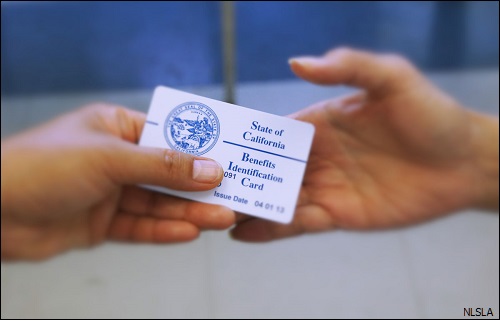
|
|

|
|
| April 20, 2024 |
|
Redefining who is in poverty could bump thousands from Medi-Cal 
SACRAMENTO--California’s push to give everyone access to affordable health insurance could be disrupted by a federal plan to change the standards for poverty, according to analysts.
The Trump administration announced last month that it’s considering changes to the way it sets the federal poverty line, a measure of household income used by the federal government to determine who is eligible for certain government programs and benefits, in an attempt to better measure inflation. New options on the table could raise the annual income thresholds for households to qualify for Medi-Cal, CalFresh and other government programs. Right now, using the Consumer Price Index for All Urban Consumers, federal officials adjust the poverty line based only on price increases for goods and services. A new measure the administration is considering, the Chained Consumer Price Index for All Urban Consumers, would assume families are changing spending habits in response to inflation. For example, if the price of apples goes up, this new measure assumes people will buy fewer apples or substitute with something cheaper. But researcher Ian Eve Perry at the UC Berkeley Center for Labor Research and Education says low-income residents have few options for substitution. They’d still be paying for expensive items and services, including rent and child care, but the new measure would underestimate their cost of living. As a result, they could lose eligibility for some public programs. Perry’s research estimates that 30,000 children and 30,000 adults would lose Medi-Cal eligibility, and more than 1 million Californians with subsidized coverage through Covered California would receive smaller subsidies or lose their subsidies entirely. That’s because increases in their income would surpass increases in the poverty threshold resulting from the new inflation measure. “The cost of living for low-income people is already kind of underestimated,” Perry said. “These concepts are considering an even lower cost of living, that’s just going to make things worse.” But Charles Blahous, a senior research analyst at the Mercatus Center at George Mason University, said that both inflation measures actually overestimate the cost of living, and aren’t designed to accommodate regional differences. “The point of the inflation indexes is to get a measure of general price inflation,” he said, adding that there’s a strong consensus that the “chained” measure is more accurate than what’s currently being used. Sara Kimberlin, senior policy analyst with the California Budget and Policy Center, says there’s already a mismatch between the federal poverty line and what California families need to make to survive. According to the center, the average family budget for a single parent of two was nearly $66,000 in 2017, while the official poverty line for a family that size was just $19,749. In the most expensive parts of the state, the cost of basic needs is more than five times the federal poverty line, according to the report. Kimberlin says it’s not realistic to expect the state to backfill funding to cover families that are bumped from these programs. “It would not be possible for the state to compensate,” she said. “These are major programs that have major federal funding attached to them.” (Source: Los Angeles Daily News) Story Date: June 26, 2019
|